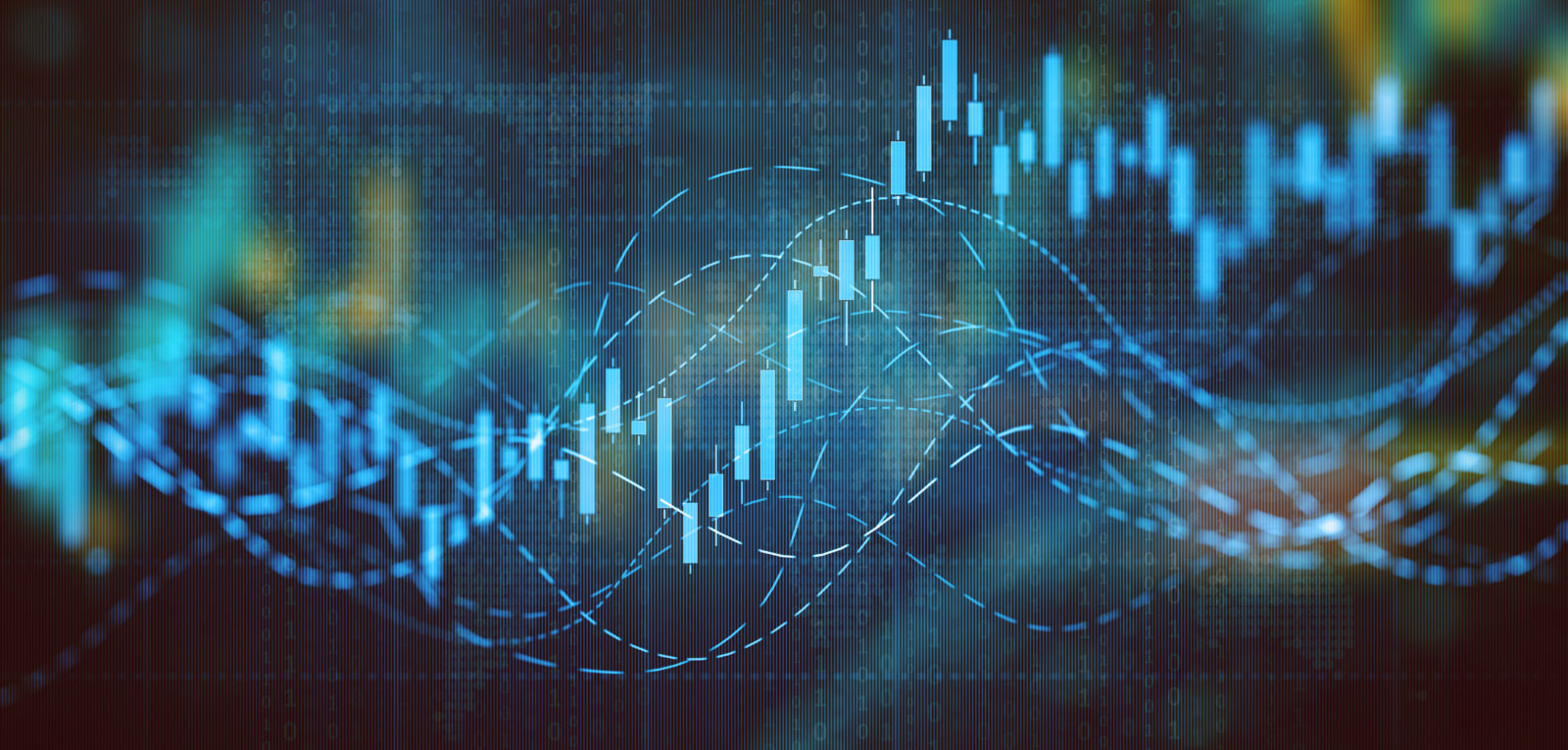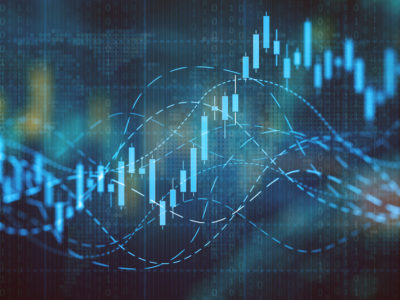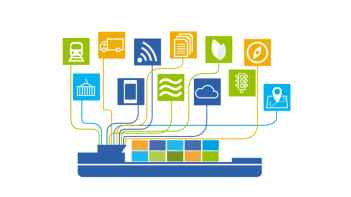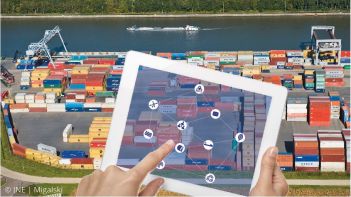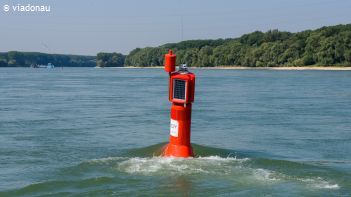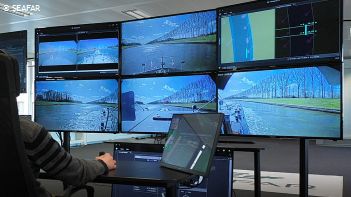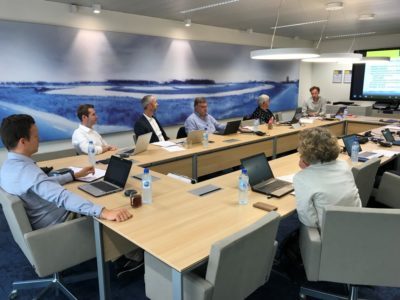Digitalisation
Future River Information Services
Digitalisation is not an aim in itself. It is a powerful tool to help achieve the Green Deal objectives. Since the adoption of the River Information Services (RIS) directive at the beginning of this century, much has changed. Safe waterway transport is still a prime concern and objective, but RIS COMEX, the EU funded cooperation project bringing together 14 inland waterway authorities from 13 countries, has yielded two operational spin offs.
With EuRIS, all RIS data and services available in one European data sharing platform. With CEERIS in the Danube area, electronic reporting focusing on ship, voyage and cargo, we move closer to accept electronic freight transport information as required by the EU eFTI regulation. The solutions allow public authorities to improve waterway management and logistics players to optimise transport operations.
The European Commission is in the process of reviewing the RIS directive to ensure the updated legislation can help improve the efficiency of inland waterway transport across borders and establish stronger links with other modes of transport to achieve the EU Green Deal objectives of sustainable, smart and congestion-free transport and logistics.
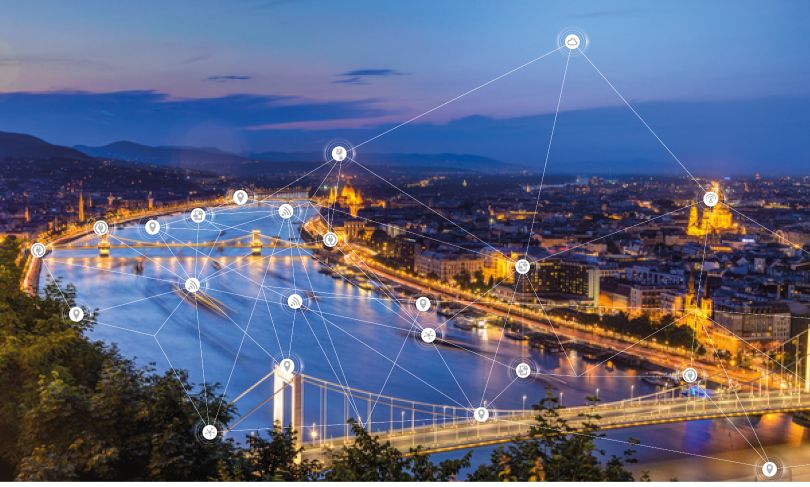
Digitalisation pathway
- 2015-2020: Inland Navigation Corridor Management & Inland Port Information Systems
- 2020-2030: Synchromodal Transport Management
- 2030-2040: Physical Internet
- 2040-2050: Zero-emission Synchro-modal Transport
New legislation to support multi-modality
The eFTI regulation of 2020 requires EU Member States to be able to accept electronic freight transport information (eFTI) in a EU harmonised machine-readable format by mid-2025. The economic operators can continue sending transport information on paper, but if they choose to share this information with authorities in an electronic format, they must use so-called certified eFTI platforms or certify their own transport management system (TMS). The secure and harmonised regulation and data sharing of cargo information enables logistics operators to enrich the transport information with vessel positioning, track and trace and a reliable estimated time of arrival to actor of the supply chain.
The European Commission is in the process of defining the details of the data structure, the business process, the IT technology architecture and eFTI certification process through two delegated and two implementing acts that should be published during 2023. INE is actively participating in the 4 eFTI expert panels of the Digital Transport and Logistics Forum (DTLF) that have been assisting the European Commission with the definition of the eFTI implementation. INE is also observer within the Member States’ expert group that currently define the delegated act (DA) specifying a common data model.
Automation
Ships sailing while 100% on remote control from shore are already a reality in inland shipping. Authorities are working on proactive traffic management and automating bridge and lock operations. Physical objects are being mirrored by digital twins by capturing data from different digital ecosystems by means of artificial intelligence clearing the way for progressive automation. Further roll out requires regulatory changes and standardisation.
Automation should be fully part of a EU holistic vision for smart shipping, including physical and digital infrastructure, which underpins ongoing initiatives and is embedded in a multimodal strategy accompanied by a clear implementation strategy and roadmap with concrete objectives, actions and measurable performance indicators. The DINA expert group has outlined a vision. This must now be implemented by 2035.
Priorities for INE
Today, a wealth of data is collected by decentralized players with new digital tools such as apps, sensors and (aquatic) drones which can help support safer and better operations, preventive maintenance and better capacity management across borders, with the aim to make inland waterway transport easier-to-use.
EU policy should pursue the following:
- A convergence between transport and digital initiatives and a seamless alignment of mode specific digital initiatives such as EURIS which can become one of the cornerstones of the EU Data Mobility Space providing interoperability between different data sharing ecosystems;
- EU digital initiatives and solutions should reflect the needs of public and private stakeholders so they effectively apply and use these to avoid stranded assets;
- The assistance of Member State administrations at the regulatory, process and IT technology level for the implementation of digital initiatives and enhance cooperation;
- The support of ongoing digitalisation and automation initiatives with a EU holistic vision and adequate research and development activities in particular in the area of smart infrastructure and regulation.
Common multi-modal framework for digitalisation
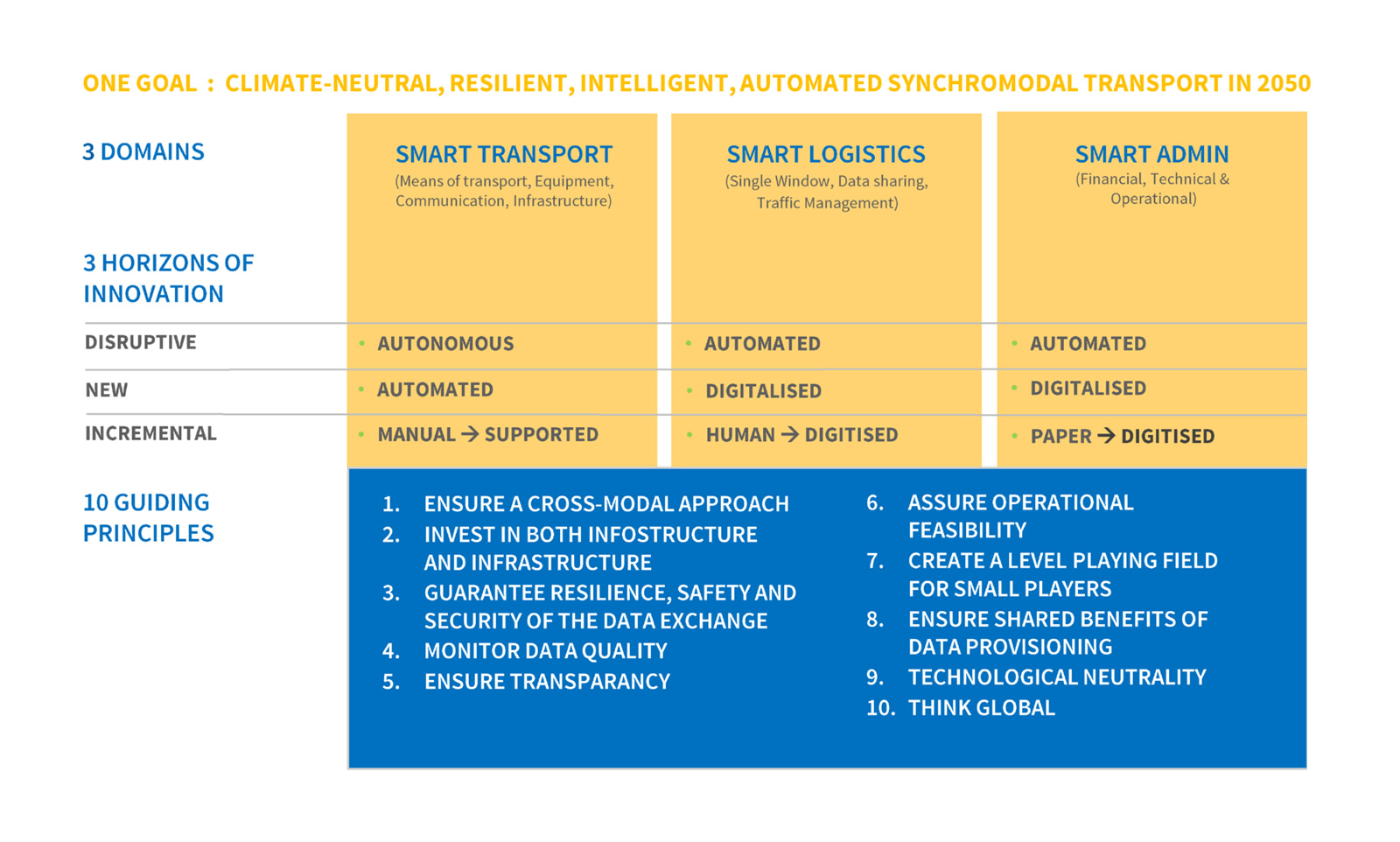
Modal shift will be boosted by a multi-modal approach to the digital transformation

